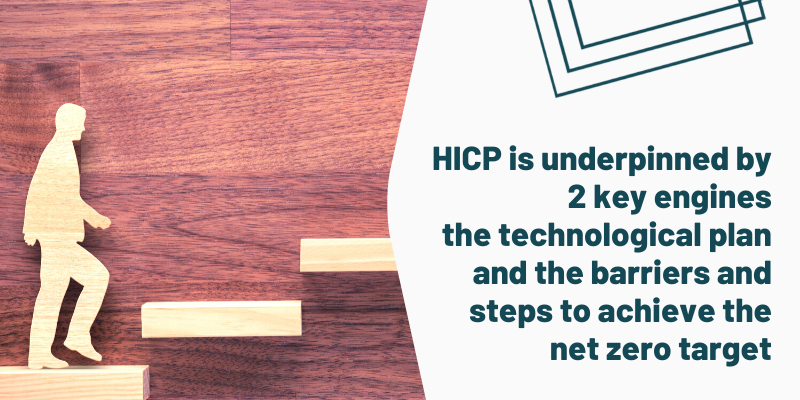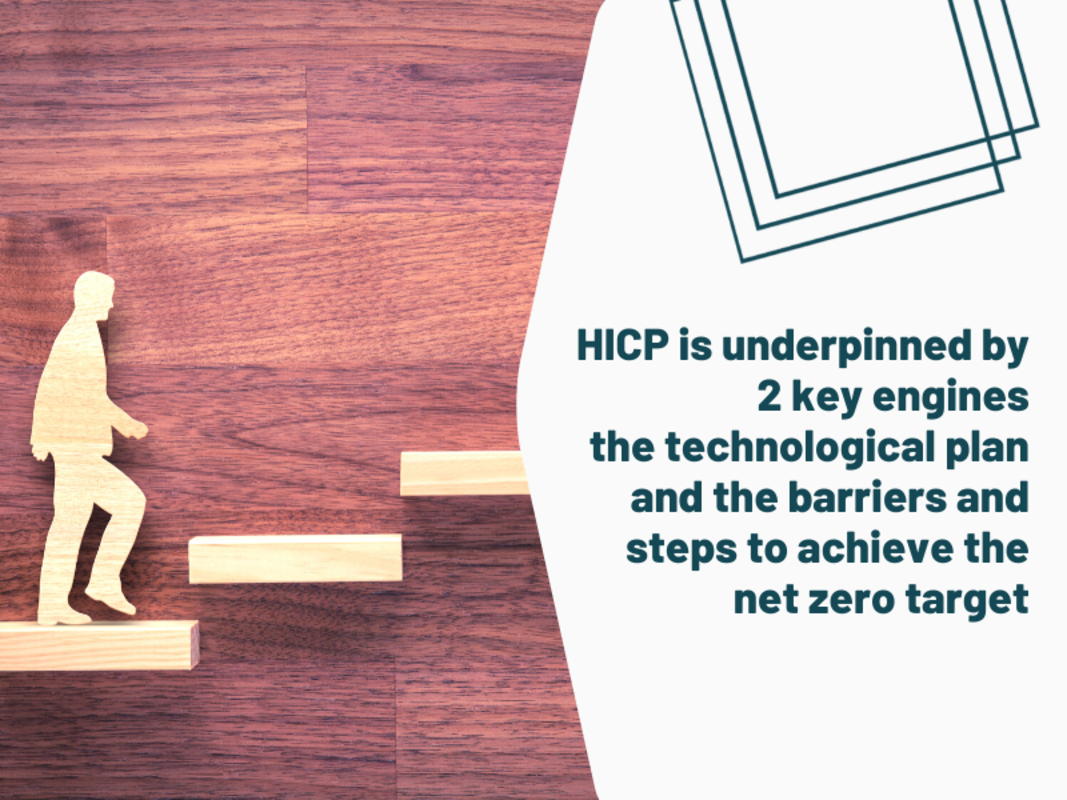The HICP is underpinned by 2 key engines
The Innovate UK funded Humber Industrial Cluster Plan project is now underway and we thought it would be valuable to share our thinking on some of the detail behind how our Cluster Plan will be delivered
The Innovate UK funded Humber Industrial Cluster Plan project is now underway and we thought it would be valuable to share our thinking on some of the detail behind how our Cluster Plan will be delivered
The Innovate UK funded Humber Industrial Cluster Plan project is now underway and we thought it would be valuable to share our thinking on some of the detail behind how our Cluster Plan will be delivered

First of all, our objective: we have been set the task to identify how the Humber Industrial Cluster will become low carbon by 2030 and net zero by 2040. By Humber Industrial Cluster, we mean those large emitters who must report their emissions on an annual basis under the old EU ETS system and therefore have publicly available data on emissions – however, we are keen to expand on this if we are able. This includes the largest emitters in our region and in particular the two refineries near Immingham, the steelworks in Scunthorpe and the chemicals industry in the region. Together, just these 3 sectors represent over 80% of our region’s industrial greenhouse gas emissions.
And by Net Zero, we mean that we must reduce our emissions down towards zero as far as possible. But, we cannot get to net zero by reducing emissions alone. Some industries will always emit CO2 into the atmosphere. To deal with these emissions, we need to remove greenhouse gases, especially CO2, from the atmosphere. These removals are often called “negative emissions” and will be a vital element of our strategy to achieve net zero, especially by 2040.
Running parallel to our HICP project are a number of nationally important industrial decarbonisation projects. We have already calculated that we need to eliminate and offset at least 15 MT/year of CO2 equivalent or nearly 20 MT/CO2 per year if we include the region’s power generation. These planned projects are set to eliminate at least 9-10 MT/year of CO2 equivalent by 2030 making our region much lower carbon – indeed more than any other region already emits. Our Cluster Plan project will tell us what more our region needs to do to achieve net zero.
To achieve this, we are carrying out two key pieces of work. These two “project engines” will tell us:
Our work on this project started in January 2021 and we’ll finish, with a plan for decarbonising the region’s industry, in March 2023. The outputs from our project will inform national and regional leaders, in Government, industry and academia, on the optimal steps we need to take to reach net zero and the added value we can potentially achieve, especially in terms of economic uplift, jobs and skills
